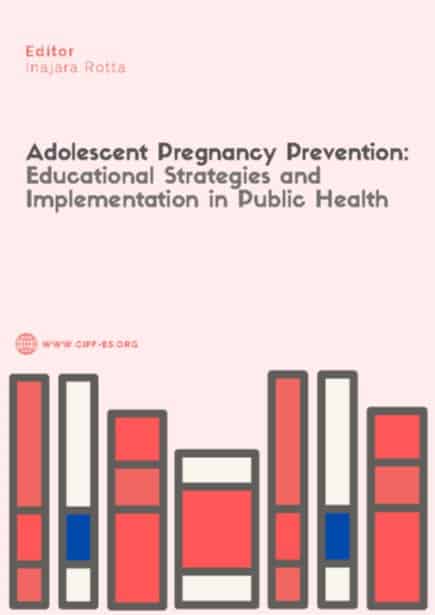As has occurred in other health care areas (i.e., medicine and nursing), a group of clinical and social pharmacy practice journal editors gathered in Granada, Spain to discuss how journals could contribute to strengthening pharmacy practice as a discipline. The result of that meeting was compiled in these Granada Statements, which comprise 18 recommendations gathered into six topics: the appropriate use of terminology, impactful abstracts, the required peer reviews, journal scattering, more effective and wiser use of journal and article performance metrics, and authors’ selection of the most appropriate pharmacy practice journal to submit their work.








